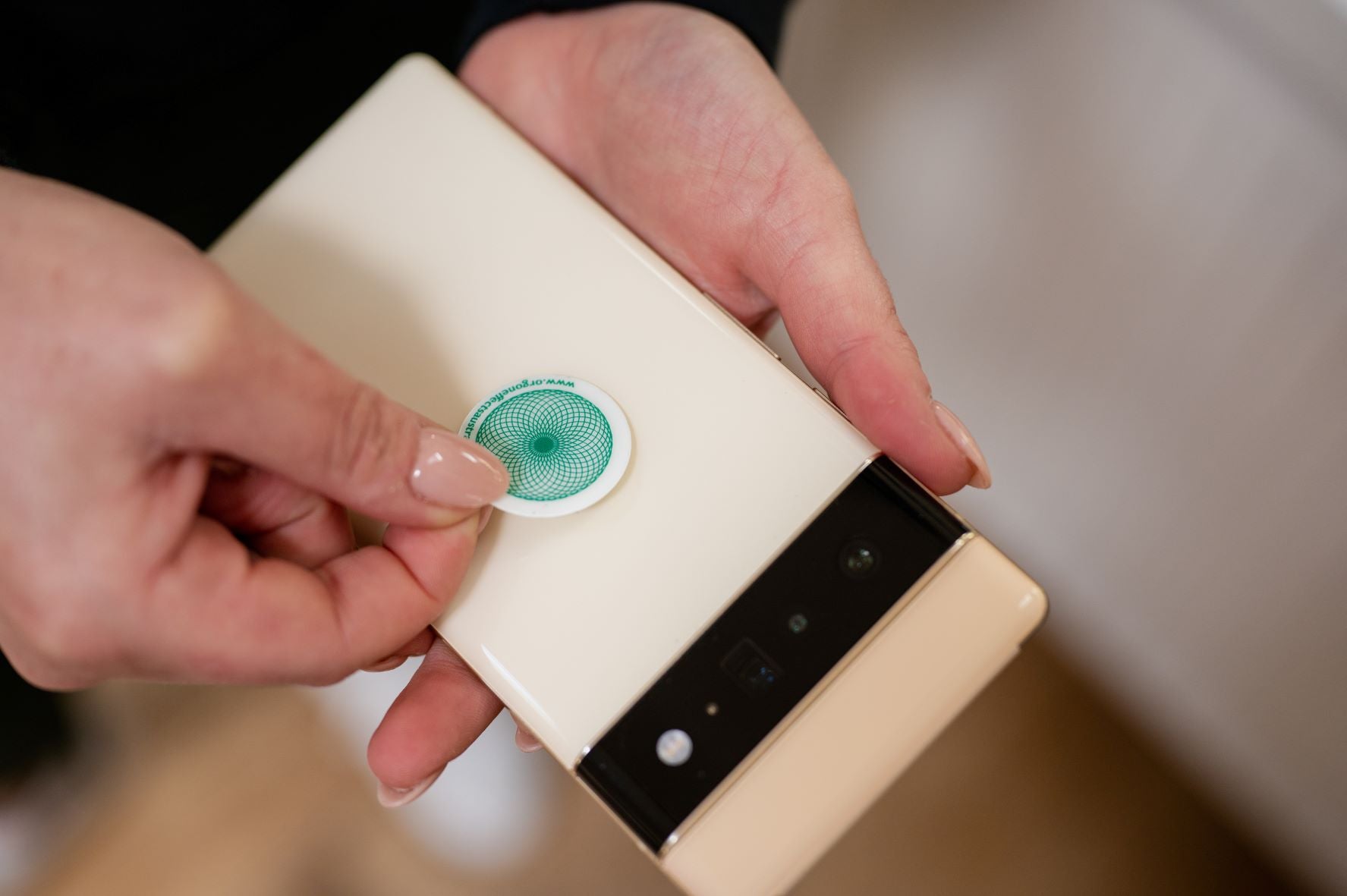How Do You know if You Have Hypersensitivity?
When talking about hypersensitivity, you can refer to it as a high level of sensitivity or reactions toward certain objects and even intangible ones. Better yet, we can say hypersensitivity comes in various forms. For the first type that we mentioned, we have heard cases of people who are hypersensitive to touch, smell, sounds, etc. Heck, sometimes people are overwhelmed by emotions which trigger a list of symptoms. On the other hand, if you're talking about the intangible causes of hypersensitivity, this may lead you to a variant of the condition called electromagnetic hypersensitivity (EHS).

What Is Electromagnetic Hypersensitivity (EHS)?
If you've been following us so far, we defined hypersensitivity as an abnormally high level of sensitivity or reactions to different things (tangible and otherwise). Apply that definition to electromagnetics, and EHS is described as a particular sensitivity to electric fields, magnetic fields, and the combination of the two. Anyone with EHS, when exposed to its triggers, will immediately start to feel the symptoms. If it gets too much, most individuals prefer to live in seclusion from the modern world and all its gadgets. Still, here the question of why they're running away from devices springs up.
The Relationship Between EHS and EMF
Electromagnetic Hypersensitivity (EHS) and Electromagnetic Fields (EMF) are different things. Obviously, both of these two things have a lot in common with each other. In fact, if there wasn't any EMF, there probably won't be any condition like EHS. Still, let's not stray from the point too much.
At this point, EMF is a type of radiation that is released by most likely all electronic gadgets that we have all around us. Whenever current flows in an electronic device, magnetic fields are generated. As for electric fields, differences in voltage easily produces the fields in question.
The meaning of all this is that EMF is what victims of EHS are sensitive to which can lead to disease.
What Are the Sources of EMF?
Sources of EMF are varied. By that, we mean EMF can either come from a natural source or something human-made. For the former, it has been around for a long time in the form of the Earth’s magnetic fields. As for the latter, there is quite a long list of items that can make it into this category. Some that you know of are the following:
- Wi-Fi routers
- Fridges
- Home theaters
- Mobile phones
- Power lines
- TV antennas, etc.
How Do You Know if You Have EHS?
There are a couple of ways that you can be sure if you have EHS or not. The first one we recommend would be to look at a list of possible symptoms and try to use that as a reference. The second method, on the other hand, is more or less just confirmation.
The Symptoms of Electromagnetic Hypersensitivity
EHS, like any other human condition, confirms its presence through a list of symptoms. The symptoms are not specific to the condition since countless others exist. But for this side of the post, we believe this list should be enough as anyone with EHS due to EMF exposure should be familiar with these signs and symptoms (one way or the other) for a possible diagnosis.
- Migraines
- Dizziness
- Acute hypersensitivity
- Development of poor sleeping patterns
- Fatigue
- Development of mild depression
- Loss of appetite
- Lack of focus
- Feeling faint
- Racing heart or irregular heartbeat
- Anxiety
- Allergic reactions
- Chest pain or pressure
- Difficulty concentrating
- Pneumonitis (known as hypersensitivity pneumonitis)
- Lung disease (interstitial lung)
- Shortness of breath
- Idiopathic pulmonary fibrosis

Using a Gaussmeter for Confirmation
You can use a gaussmeter to measure the amount of EMF in your home/area. As for your scale of comparison, we recommend these guidelines from the International Commission on Non-Ionizing Radiation Protection (ICNIRP). It's an organization that’s in charge of maintaining and making international guidelines for EMF exposure.
In this guideline, if any of the maximum levels (single or combined) recommended are not surpassed, then you're in the safe. The instructions include:
- Natural electromagnetic fields (an example is the one created by the sun): 200 V/m
- Power mains (not close to power lines): 100 V/m
- Power mains (close to power lines): 10,000 V/m
- Electric trains and trams: 300 V/m
- TV and computer screens: 10 V/m
- TV and radio transmitters: 6 V/m
- Mobile phone base stations: 6 V/m
- Radars: 9 V/m
- Microwave ovens: 14 V/m
Note: V/m means volts per meter, and it’s the measurement unit for EMFs. The unit also uses a simple principle. That is, the higher the V/m, the stronger the EMF radiation will be.
Is There Treatment for Electromagnetic Hypersensitivity?
There is more than one treatment for EHS though, as expected, a lot that you will find online simply do not work. But there are some that have held up well over the years due to their effectiveness if it's not absolute.
EMF Shielding Fabrics
EMF shielding fabrics are a type of material that is made out of conductive or magnetic materials that can resist EMF. It's this fabric that we all see in various forms. You can buy EMF shielding pouches for your mobile phones and Wi-Fi routers, a bedroom canopy, and even clothes (T-shirts are one). Nonetheless, you should be aware of the fact that there are numerous manufacturers of even EMF shielding fabrics—so be careful what you pick.

Orgone Energy Products
With Orgone Energy, the products use something called Orgonium. This tech is developed to vibrate at a frequency that cancels out other low, non-ionizing frequency in your immediate surrounding. You'll find products ranging from Buddha-styled generators and wristbands to pendants and stickers for your gadgets. Here, you have more than enough product to get rid of EMF pollution (if any) in the home.
Eat a Diet High in Oxygen Radical Absorbance Capacity (ORAC)
Depending on which food you eat, you can counter the EMF radiation you are exposed to. That is, eating superfoods like wild blueberries, pecans, watermelon, apricots, cherries, and cranberries give your body better fighting chance against free radicals (a known carcinogenic also known as cancer-causing impurities).



